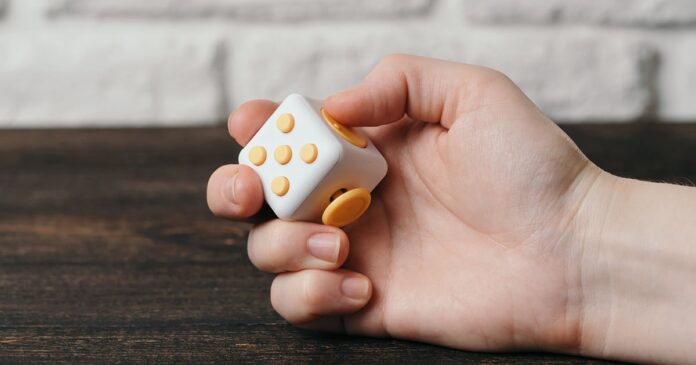Fidget spinners, stress balls, and other tactile toys have become ubiquitous in classrooms and workplaces, often hailed as tools to help individuals with Attention Deficit Hyperactivity Disorder (ADHD) stay focused and manage their symptoms. But do fidgets really live up to the hype? In this comprehensive analysis, we delve into the science behind them and their potential benefits for those with ADHD.
Explanation of what ADHD is and its prevalence
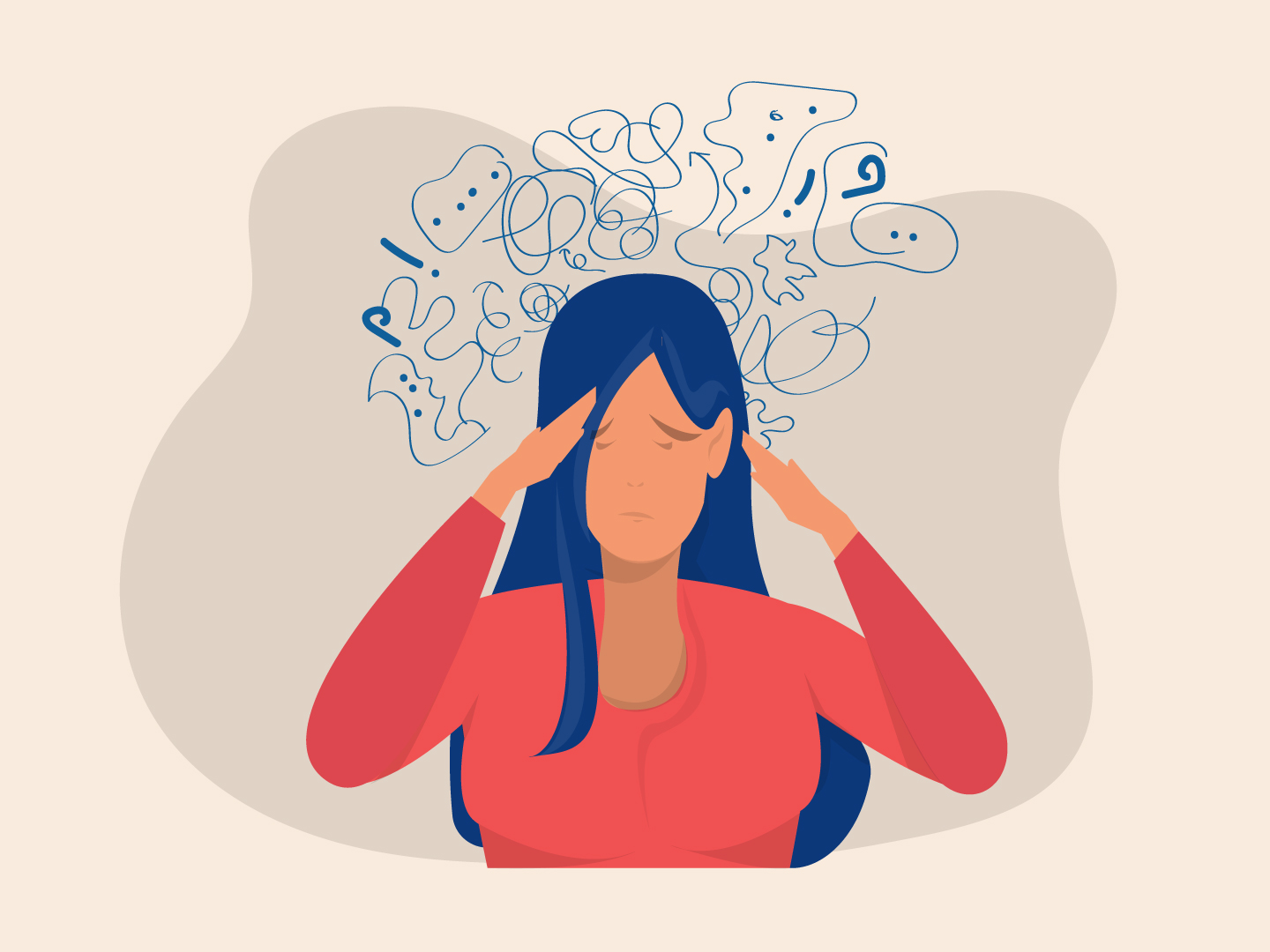
ADHD is a neurodevelopmental disorder that affects millions of people worldwide. It is characterized by persistent patterns of inattention, hyperactivity, and impulsivity. According to the Centers for Disease Control and Prevention (CDC), approximately 9.4% of children and 4.4% of adults in the United States are diagnosed with ADHD.
Overview of common symptoms and challenges in ADHD
ADHD, or Attention Deficit Hyperactivity Disorder, is characterized by a constellation of symptoms that can significantly impact daily life. These symptoms commonly include persistent inattention, marked impulsivity, and hyperactivity. Inattentive individuals often struggle with maintaining focus, organizing tasks, and following through on responsibilities. Impulsive behaviors may lead to hasty decisions and difficulties in self-regulation. Hyperactivity can manifest as restlessness and an inability to sit still.
These symptoms can create challenges in various aspects of life, including academic performance, work, and interpersonal relationships. Understanding these common symptoms is crucial for recognizing and managing ADHD effectively, whether through behavioral strategies, medication, or other interventions.
Discussion of the concept of fidgets and their use
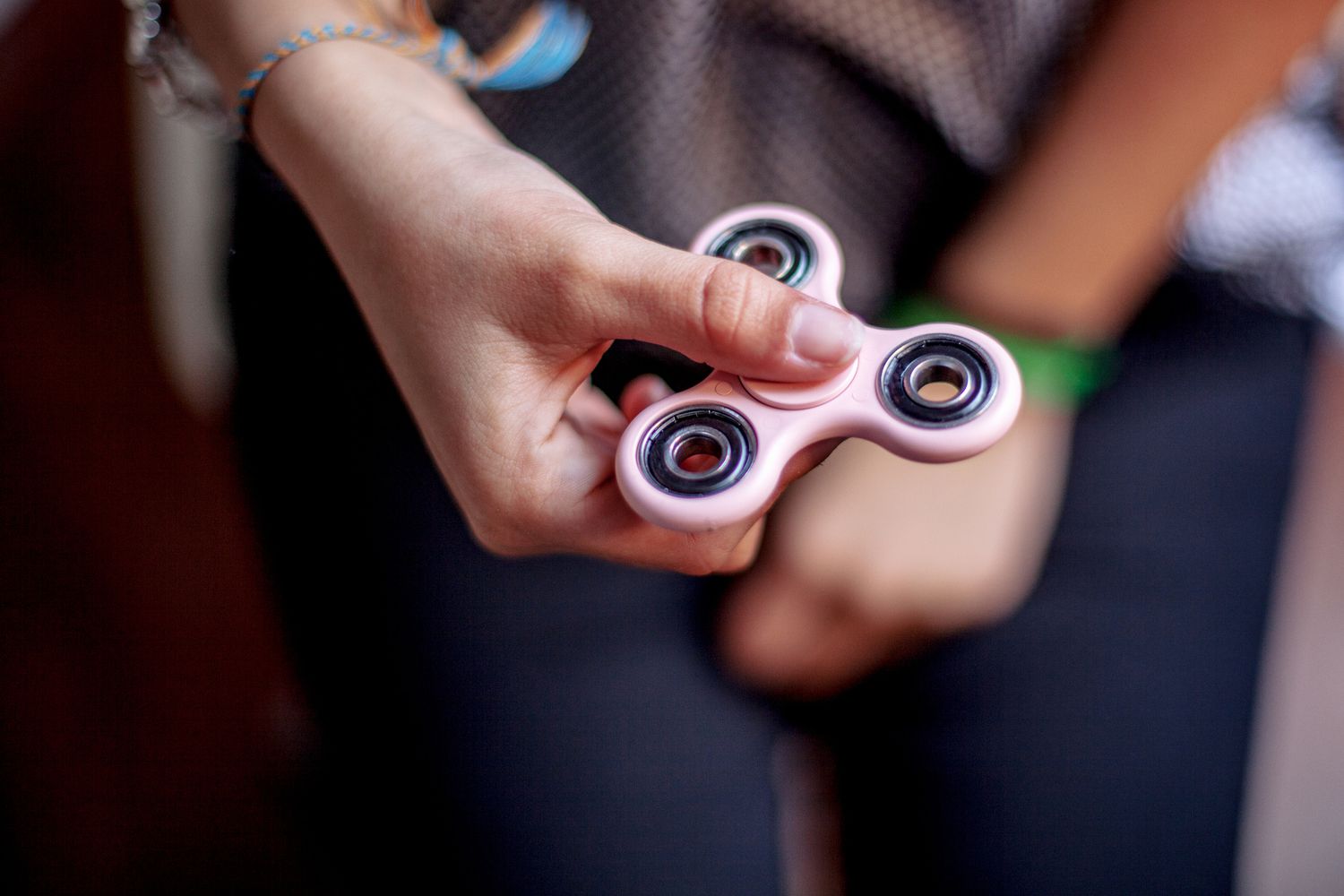
Their concept revolves around the idea that controlled, repetitive movements or sensory experiences can help individuals channel excess energy and improve their attention span. They are often used as tools to manage restlessness, anxiety, and distractibility, particularly in individuals with ADHD. By providing a secondary focus point, they can assist in maintaining concentration on primary tasks, potentially reducing impulsivity.
Fidgets come in various forms, from simple stress balls to intricate spinners, catering to individual preferences. Their use is not limited to individuals with ADHD; many find them helpful in stressful situations or when facing cognitive challenges. Understanding how and when to use them effectively is crucial for optimizing their benefits.
The theoretical basis for using fidgets in ADHD management
The theoretical basis for using fidgets in ADHD management lies in the concept of sensory modulation. It suggests that individuals with ADHD may have an innate need for sensory stimulation, and it serves as a controlled and socially acceptable way to fulfill this need. By engaging with them, individuals can channel their restless energy into a manageable activity, potentially reducing impulsive behaviors and improving focus.
Additionally, they may act as a secondary sensory stimulus, diverting attention away from distractions and promoting concentration on the primary task. While the theoretical underpinnings make sense, their practical effectiveness can vary widely among individuals, highlighting the importance of personalized approaches to ADHD management.
Research findings on the effectiveness of fidgets
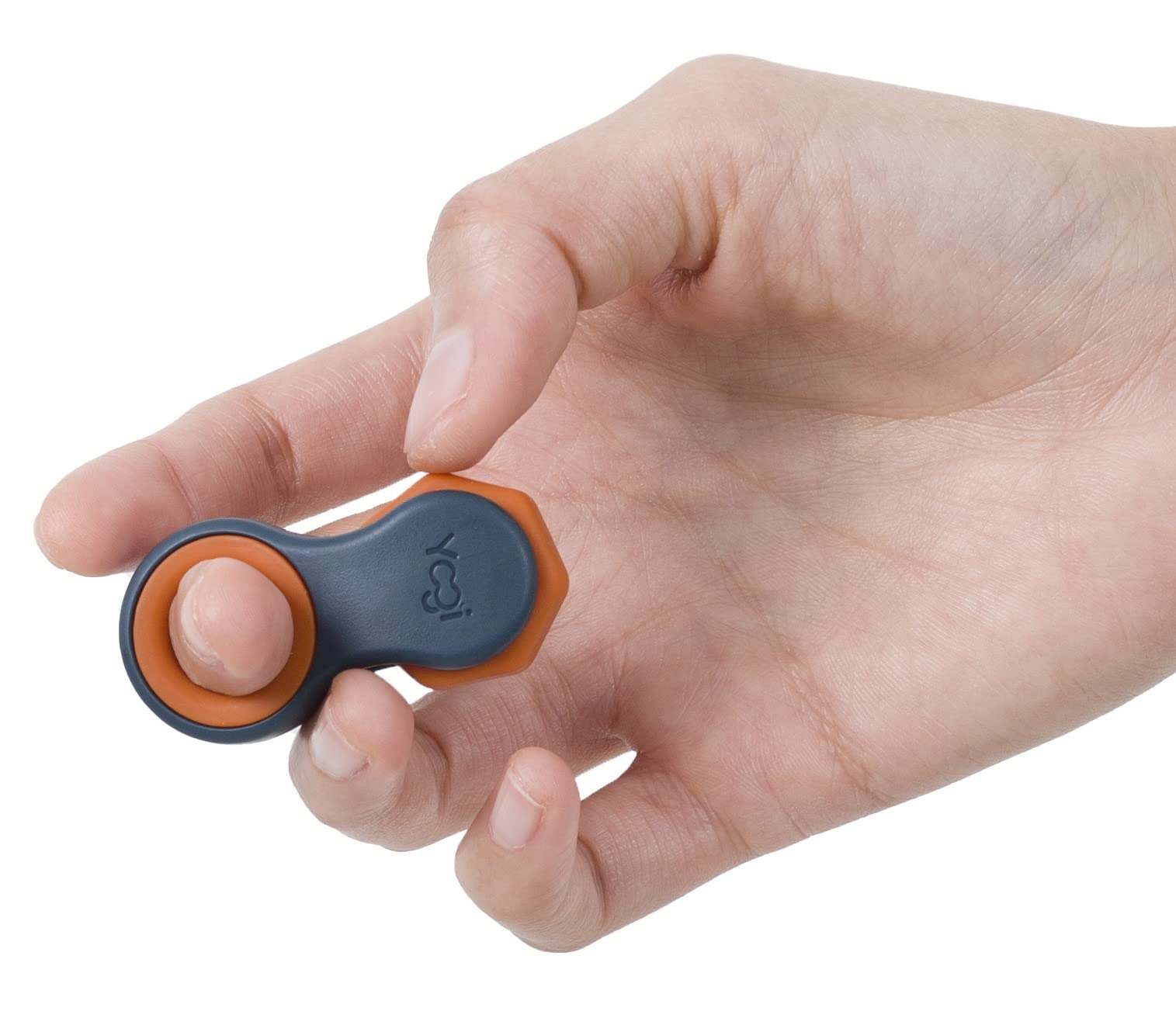
Numerous studies have explored the impact of them on ADHD symptoms. Some research suggests that they can enhance attention and reduce impulsivity in individuals with ADHD. However, the results are mixed, and not all studies have found significant benefits. Factors like the type and individual preferences can influence outcomes.
Different types of fidgets and their pros and cons
There is a diverse array available, each with its own set of advantages and disadvantages. Stress balls, for instance, offer tactile stimulation and can be discreetly used in various settings. However, they may create noise that disturbs others. On the flip side, spinners provide a visually engaging distraction but can be seen as attention-grabbing in quiet environments. Another option, the magnetic fidget slider, offers a unique and satisfying sensory experience, but its audible click may be distracting in certain situations. It’s essential to consider these factors when selecting the right fidget for your needs.
Tangle toys offer a twistable, bendable option, which can be calming for some but too distracting for others. Chewable jewelry, like necklaces or bracelets, provides oral sensory input but may not be appropriate for all situations. Weighted blankets offer deep pressure stimulation, promoting a sense of calm, but they are less portable.
Choosing the right one involves considering individual preferences and the context in which they will be used, ensuring they serve as helpful tools rather than distractions.
Personal experiences and testimonials from individuals with ADHD
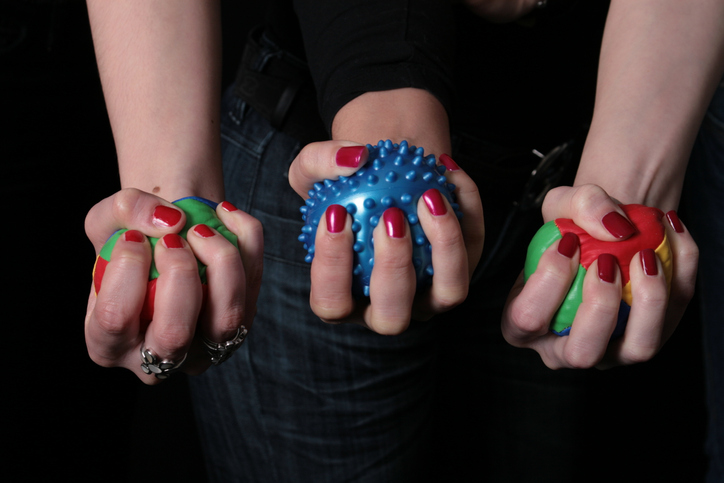
To gain a deeper insight into the practicality of using them, we turned to individuals who have ADHD. Many have reported that they when tailored to their preferences, can indeed help them concentrate and manage their impulses. Their firsthand accounts offer valuable perspectives on the potential benefits of fidgets in daily life.
Potential drawbacks or limitations of using fidgets
While some individuals find fidgets helpful, others do not experience the same positive effects. Additionally, there are concerns about the potential for them to become distractions themselves or disrupt the learning or working environment. It’s essential to consider these limitations when contemplating the use of fidgets for management.
Strategies for incorporating fidgets into ADHD treatment plans
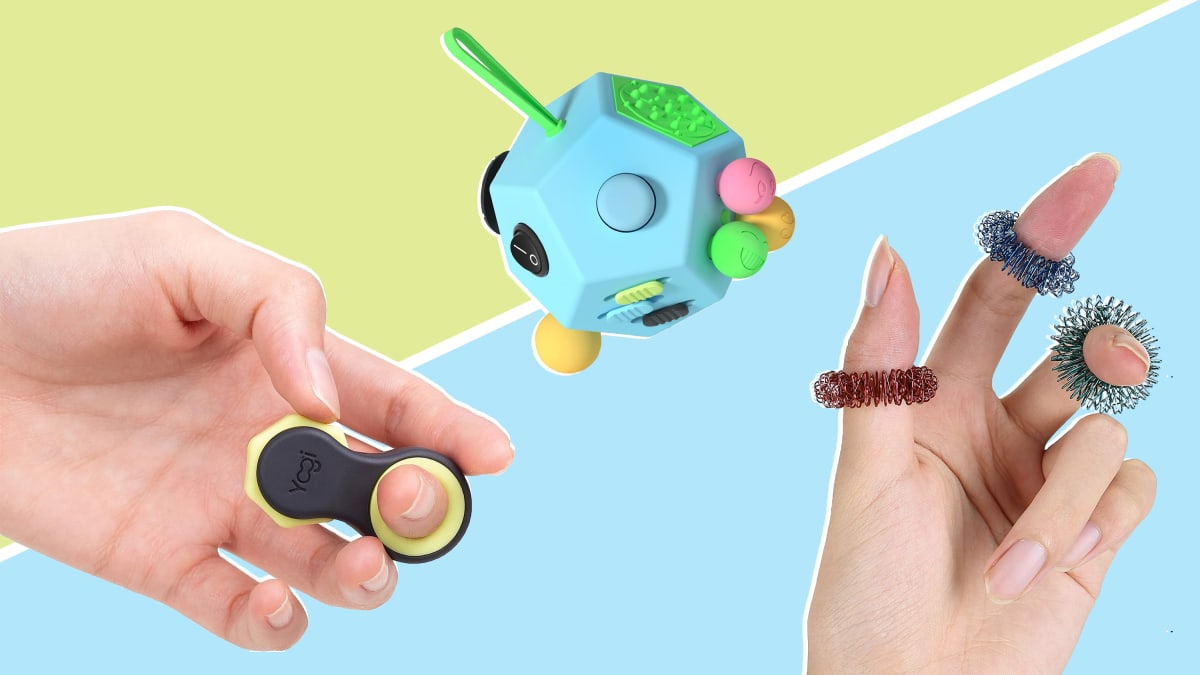
For those interested in integrating fidgets into their management strategies, a thoughtful approach is key. Collaborating with healthcare professionals, educators, and employers can help create an environment where fidgets are used effectively and without disruption. Customizing choices and usage to individual needs is vital for success.
Conclusion Summarizing the role of fidgets in ADHD management
In conclusion, the question of whether fidgets help ADHD is not straightforward. While there is evidence to suggest that fidgets may benefit some individuals with ADHD by increasing focus and reducing impulsivity, their effectiveness can vary widely from person to person. Understanding the diverse experiences and preferences of individuals with ADHD is essential in making informed decisions about incorporating fidgets into plans.
As we continue to explore the relationship between fidgets and ADHD, it is clear that these tools can be part of a broader strategy for managing symptoms. However, they should not be viewed as a one-size-fits-all solution. The key is to approach the use of fidgets thoughtfully, with an understanding of individual needs and the context in which they are used.

